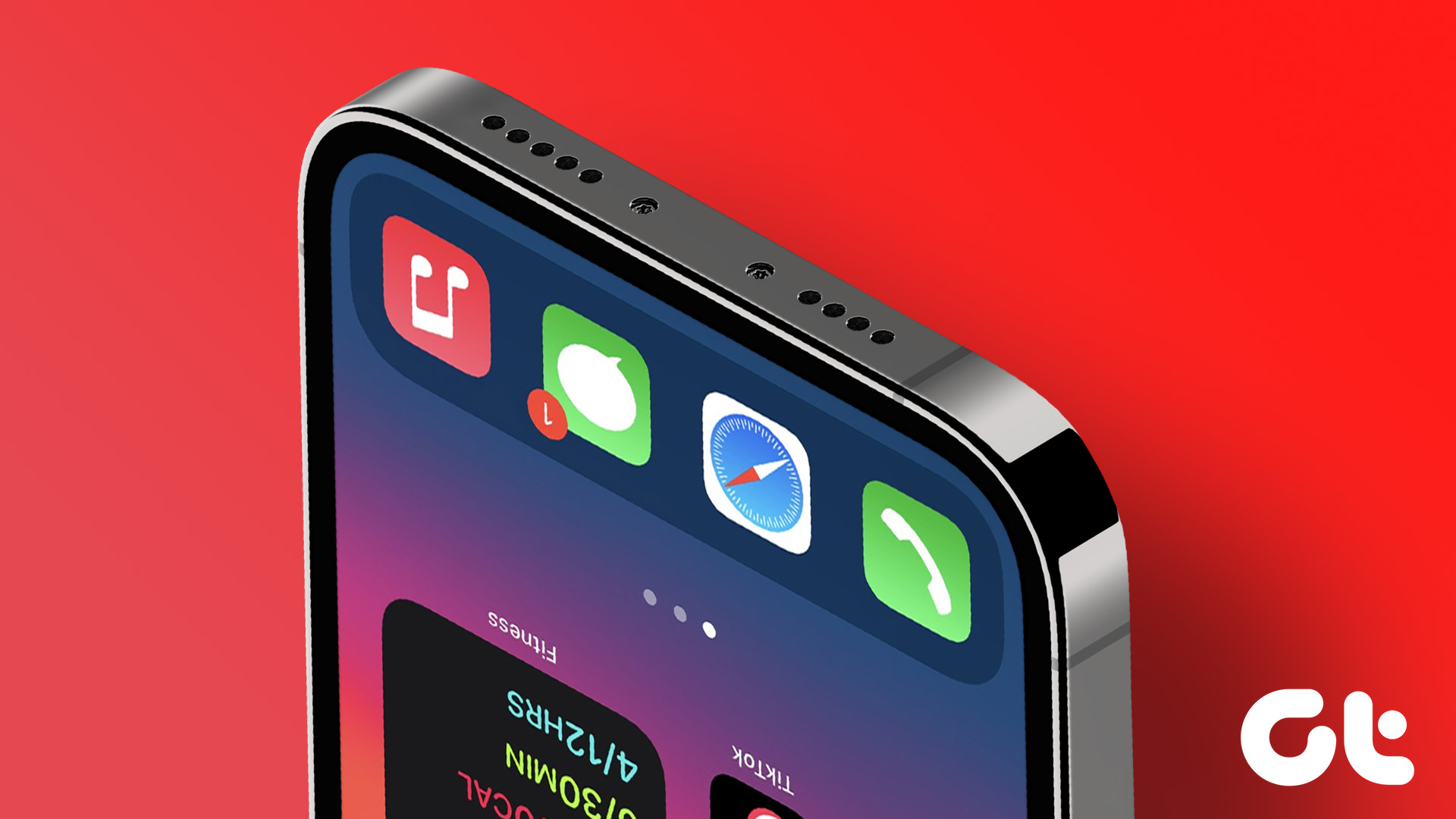But the new controls in iOS 8 allow you to go mental over specific camera settings. Even if it leads to a bad picture. Yes folks, it is now possible to voluntarily take a bad picture with the iPhone. The future is here. It also means that you’ll be able to take truly fantastic photos with your iPhone now. If you thought that iPhone photos till now were too neutral or bland, the new camera controls are for you. iOS 8 allows developers to access every important camera control you care for. ISO, shutter speed, exposure, focus, and even white balance. What exactly do all these terms mean and how can they be helpful in taking spectacular photos? Well if you’ve never held a DSLR in your life (really?), read on to find out.
ISO Is A Fancy Term For Brightness
Except not really. ISO is confused for brightness but technically ISO is responsible for how sensitive the camera sensor is to light. Increasing the ISO makes the image brighter, but it also increases noise. Blowing up the ISO is a surefire way of making a sharp image grainy. It’s advisable to not overdo it with ISO and while it depends on the lighting conditions of the shot more than anything else, the ISO should remain in the 400-800 range.
Sutter Speed Determines How Long The Camera Has To Take The Shot
Shutter speed determines just how long the camera has to take in the light. If you’re in a dark area, manual shutter speed can help you get a better shot.
Exposure Is The Sum Total Of ISO, Shutter Speed And Aperture
Exposure is determined by ISO and shutter speed. Shutter speed measures the duration of active exposure. The longer the shutter is open, the more exposed the sensor is to light. Which means the image will be brighter. For well-lit areas you want faster shutters and shorter exposures while in a low light shot you want a slower shutter and longer exposure to capture as much detail as possible. If you’ve seen photographs depicting cars in motion with blurred tail lights, you have long exposure to thank. As the shutter is open for a longer time, it’s possible to capture motion blur. Sorry, no aperture settings for you: Aperture determines the physical opening size of the lens when taking a photo. Due to physical constraints in iPhone’s cameras, manual aperture settings are not available to users.
Focus Makes Sure Your Subject Is Highlighted
This is the easy one. Focus makes sure that your subject is highlighted. You can use tap-to-focus on iOS 8 as always. Now, with precise focus controls you can get a DSLR-type image where the subject is sharp while the background is a bit blurry. You’ll need to make sure there’s quite a bit of distance between the subject and the background. You can also tap different subjects on the screen to see this sharp-to-blur switch on the fly. If you’re using iPhone 6/6 Plus, the Focus Pixels technology takes the pain out of refocusing every time you move the phone a bit.
White Balance
Light hitting your camera sensor has a direct effect on the color of the photo. Direct light will produce an orange tint while a shaded photo will have a much cooler, blueish profile. But sadly we haven’t invented a way to remove the sun from orbit so you can take the perfect picture. This is where white balance comes in. It is used to neutralize edge colors. So your sunlit shots don’t look too orangey while your shaded shots don’t look too horrific.
Actually Using These Features In iOS 8
This is going to sound anti-climatic but the default iOS 8 camera app is still pretty simple and only developers with third party apps have access to these manual controls. It means you’ll need to download a third party app to get going. Fortunately, everyone’s favorite photography app (no, not Instagram), VSCO Cam, has already updated with manual controls – and playing around with white balance and other manual controls in this app sure is fun. Stay tuned for a practical, hands-on guide to using manual camera controls here on Guiding Tech. Widescreen images via Shutterstock, Shutterstock. App screenshots via Manual Cam. The above article may contain affiliate links which help support Guiding Tech. However, it does not affect our editorial integrity. The content remains unbiased and authentic.














